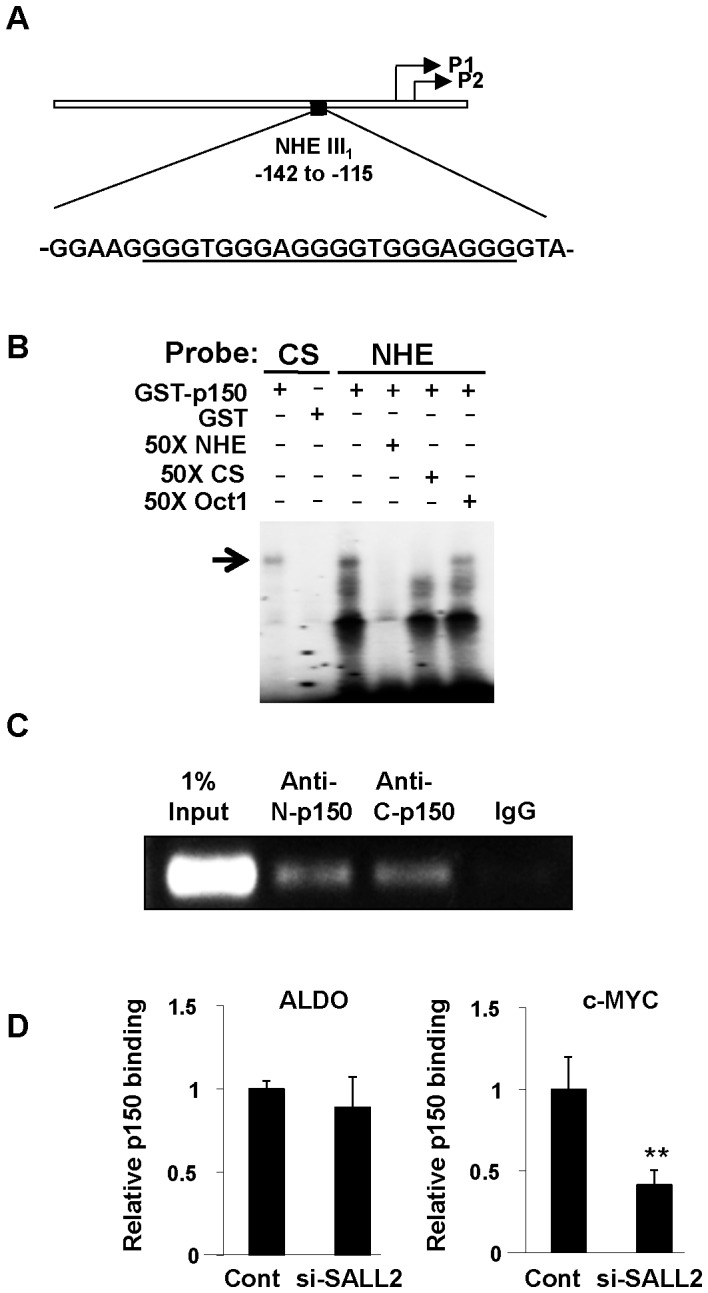Figure 1. GST-p150 binds to the c-MYC promoter region in vitro and in vivo.

(A) The GC-rich nuclease hypersensitive element NHE III1 of the human c-MYC promoter. Consensus binding sites for p150 are underlined. Approximate positions of transcriptional start sites are shown (P1, P2). (B) An electrophoretic mobility shift assay shows binding of GST-p150 to the labeled NHE III1 and to the consensus binding sequence (CS) GGGTGGG- as control (<$>\raster(75%)="rg1"<$>). 50× molar excess of unlabeled NHE III1 and CS compete for binding while the unrelated Oct1 olionucleotide does not. (C) Chromatin immunoprecipitation assays with antibodies to the N- and C-terminal portions of p150 show binding of endogenous p150 to the NHE III1 region of the c-MYC promoter in HOSE cells. (D) SALL2-knockdown leads to reduced binding of p150 to the c-MYC promoter. HOSE cells were treated with SALL2 siRNA or control oligonucleotide and followed by chromatin immunoprecipitation and quantitative RT-PCR assays. The threshold cycle values of immunoprecipitates were normalized to those of 1% input control samples. The human aldolase A promoter region was included as a negative control. Estimates of binding were based on triplicate samples. ** denotes p<0.01 based on Student t test run on HOSE cells treated with SALL2-siRNA or control RNA.
